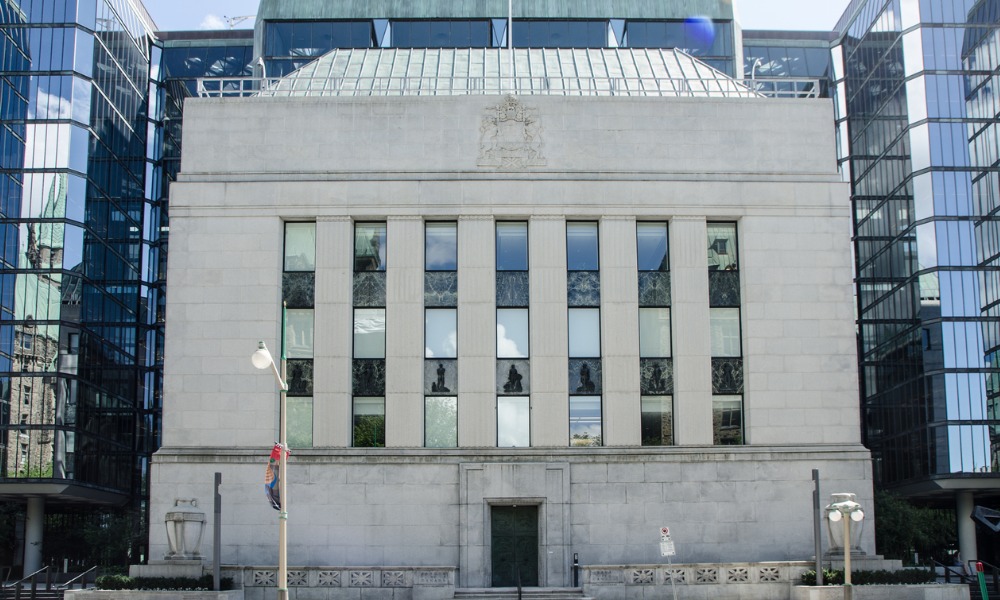Portfolio manager explains why utilities are interest rate sensitive and what a hard or soft landing could mean for the sector

On November 14th, following the report that US inflation had fallen faster than expected in October, the S&P 500 Utilities Index and the Dow Jones U.S. Utilities Index both jumped almost 4%. For a sector like utilities, known for its stability, that kind of a swing is notable and largely due to a growing consensus among equity investors that we have hit peak interest rates.
Utilities are an almost textbook example of an interest rate sensitive sector. The companies providing energy, heating, telecom services, and pipelines tend to have steady demand, cashflows, and capital-intensive operations. That results in what can be considered ‘bond-like’ performance: when interest rates rise, utilities drop, when rates fall, utilities rise. One portfolio manager says that as it seems rate increases are coming to an end, now might be a time to look once again at utilities.
“What we’re seeing lately with a slowdown inflation is a shift in market sentiment. The market is anticipating that we’ve probably hit peak rates,” says Mike Dragosits, Portfolio Manager at Harvest ETFs responsible for the Harvest Global Utilities Income ETF (HUTL). “Our view and the market’s view is that we’ve hit the level that central banks need to get to in order to slow down inflation. In terms of where we think that goes from here, it looks positive for the utilities space, but it’ll take some time for that to play out.”
Dragosits and the portfolio management team at Harvest conducted studies of past interest rate rising cycles to inform their view on utilities. They look at eight different rate hiking cycles, with soft and hard landings. Across every example, whether the economy fell into recession or not, the transitional period when rates hit their peak was positive for the utilities sector. Even if rates stay higher for longer, hitting peak rates should be enough to drive some positive performance for the sector.
The question now arises as to whether we’re headed for a hard or soft landing in the US and Canadian economies. Dragosits says as of now it’s too early to tell which way things will go. The historical analysis his team conducted, however, can give us some pointers as to how that might play out in utilities.
Dragosits identified two instances of soft landings following interest rate hikes: 1984 and 1995. After posting positive returns during the transitional period, the utilities sector posted positive returns. However, the sector tended to underperform the broader S&P 500 as other growth trends drove overall market valuations.
Far more interest rate hiking cycles ended in a hard landing. Harvest ETFs studied 1979, 1980, 1989, 2000, 2006, and 2019 for their examples. Across those examples utilities were again positive during the peak/transition period. When the hard landing hit the utilities sector’s performance turned negative. However, against a backdrop of overall falling equity markets during a recession, utilities actually outperformed the S&P 500 across all of those hard landing scenarios. Dragosits notes that, typically, investors add utilities positions for defensiveness, so outperforming a falling market — even if sector returns are themselves negative — may mean a utilities position is doing exactly what it was intended to do.
As advisors consider their utilities exposure, Dragosits argues that a basket of positions may be better suited to modern market conditions than a single utility stock. He notes that the ETF he manages, HUTL, holds global exposure to Canadian, US, and European utilities as well as subsector diversification that includes traditional utilities like energy as well as telecoms.
Overall, given the shifting trends in North American inflation and the potential of a shift in central bank positions Dragosits thinks advisors may see an opportunity in utilities. While we still don’t know if a hard or soft landing is in store, if history is any indicator this transitional period may be at least a short-term performance driver.
“If we are nearing peak rates, historical data sets us up for a bit of an opportunity for positive returns in the utility space,” Dragosits says. “When where do we go from here? Whether we get a hard landing or a soft landing, that’s still uncertain at this point. If we do get the soft landing, we should have continued positive gains in the utilities space. If we have a hard landing, you do have that cushion and have a solid relative outperformance outlook.”



